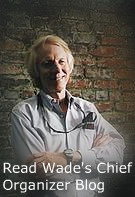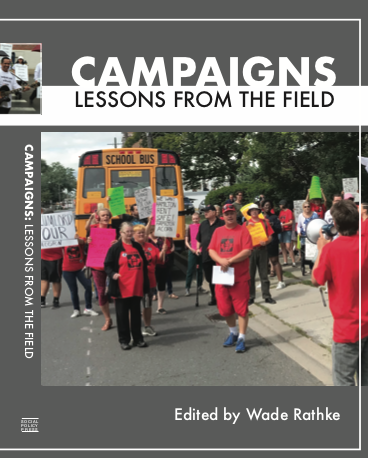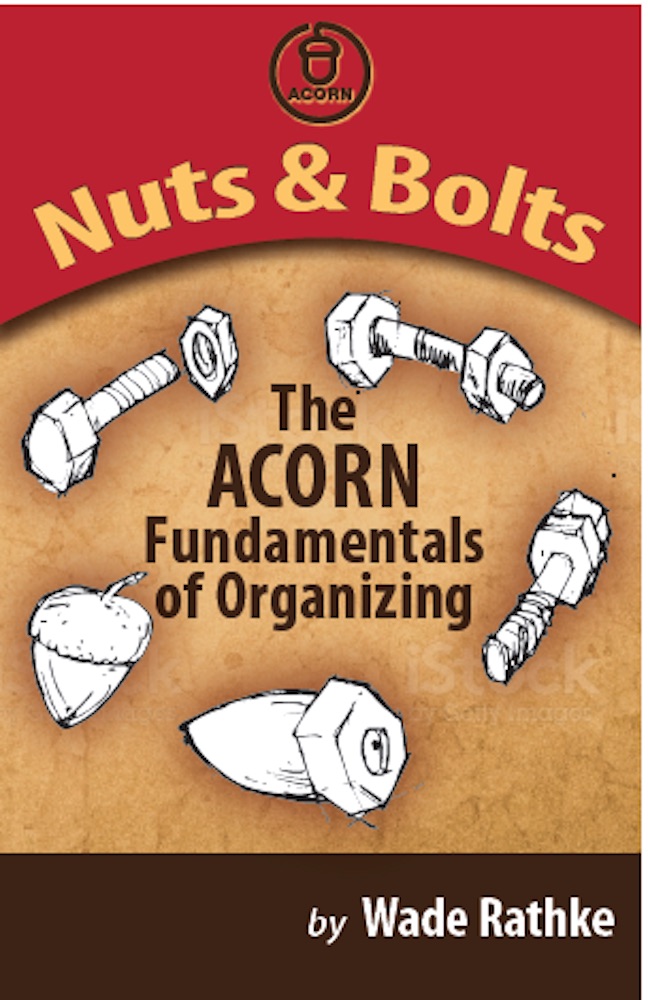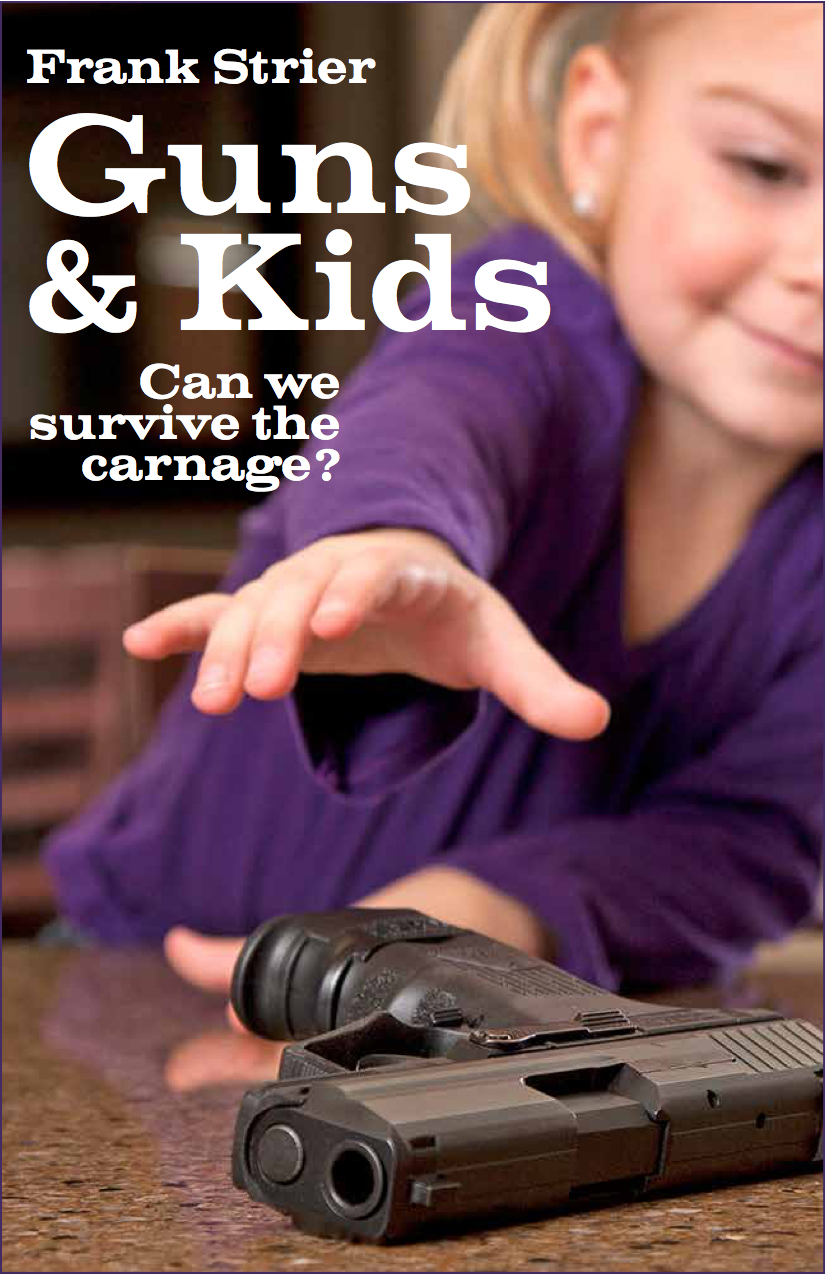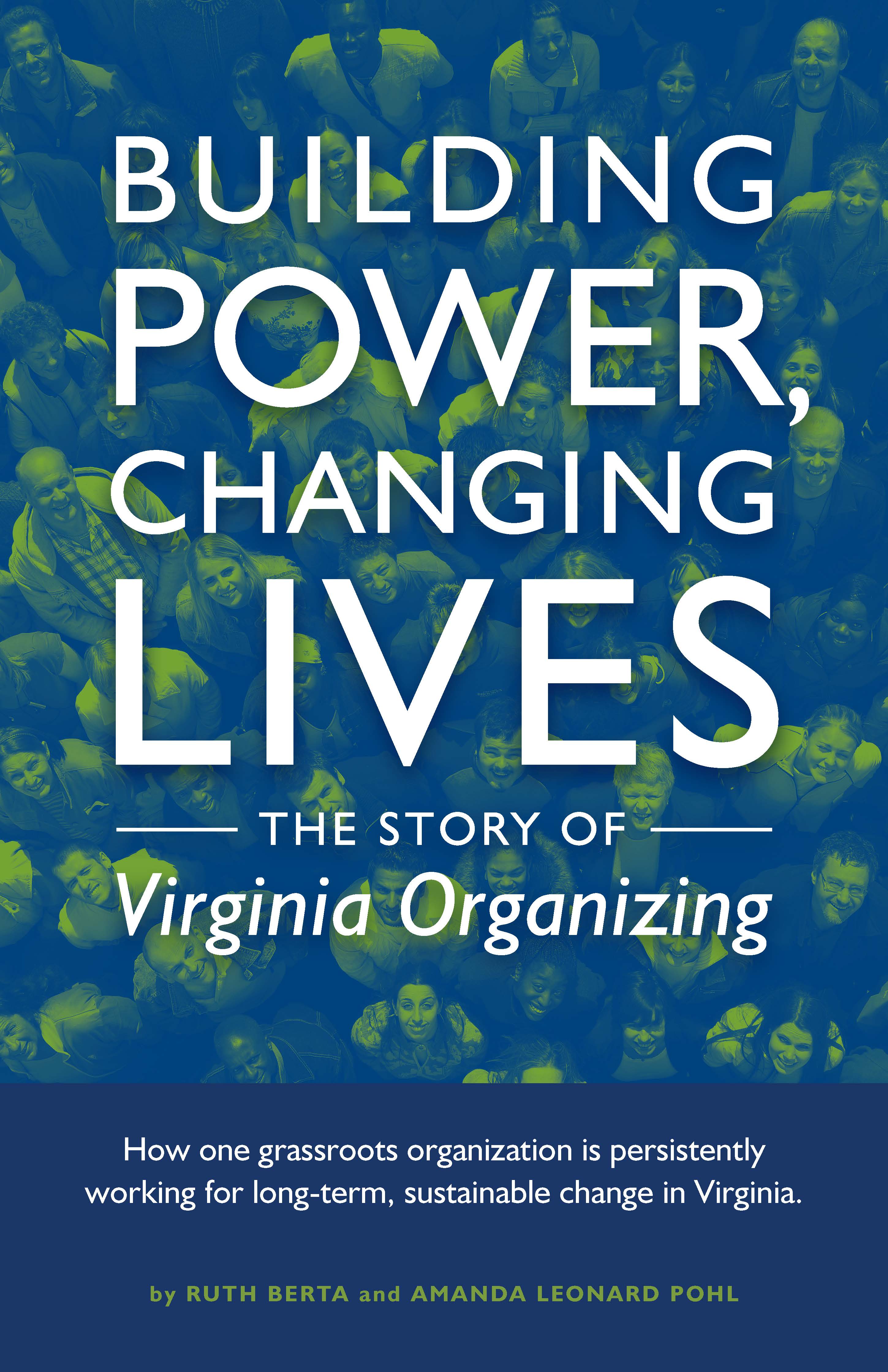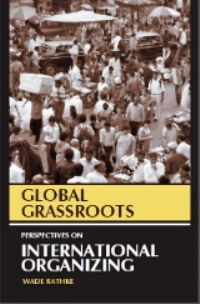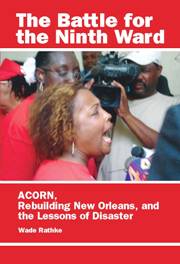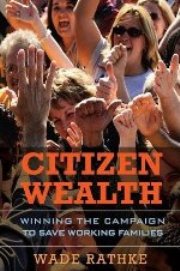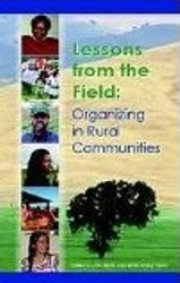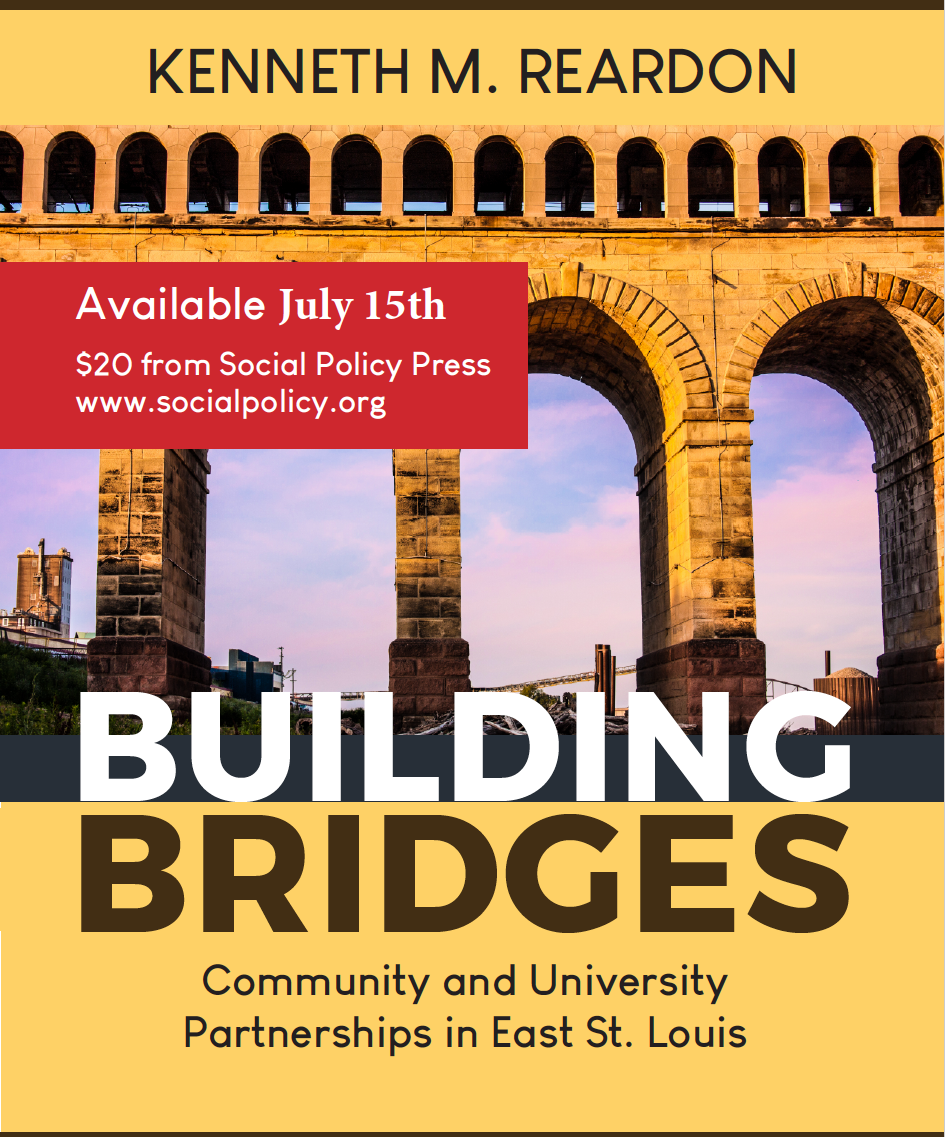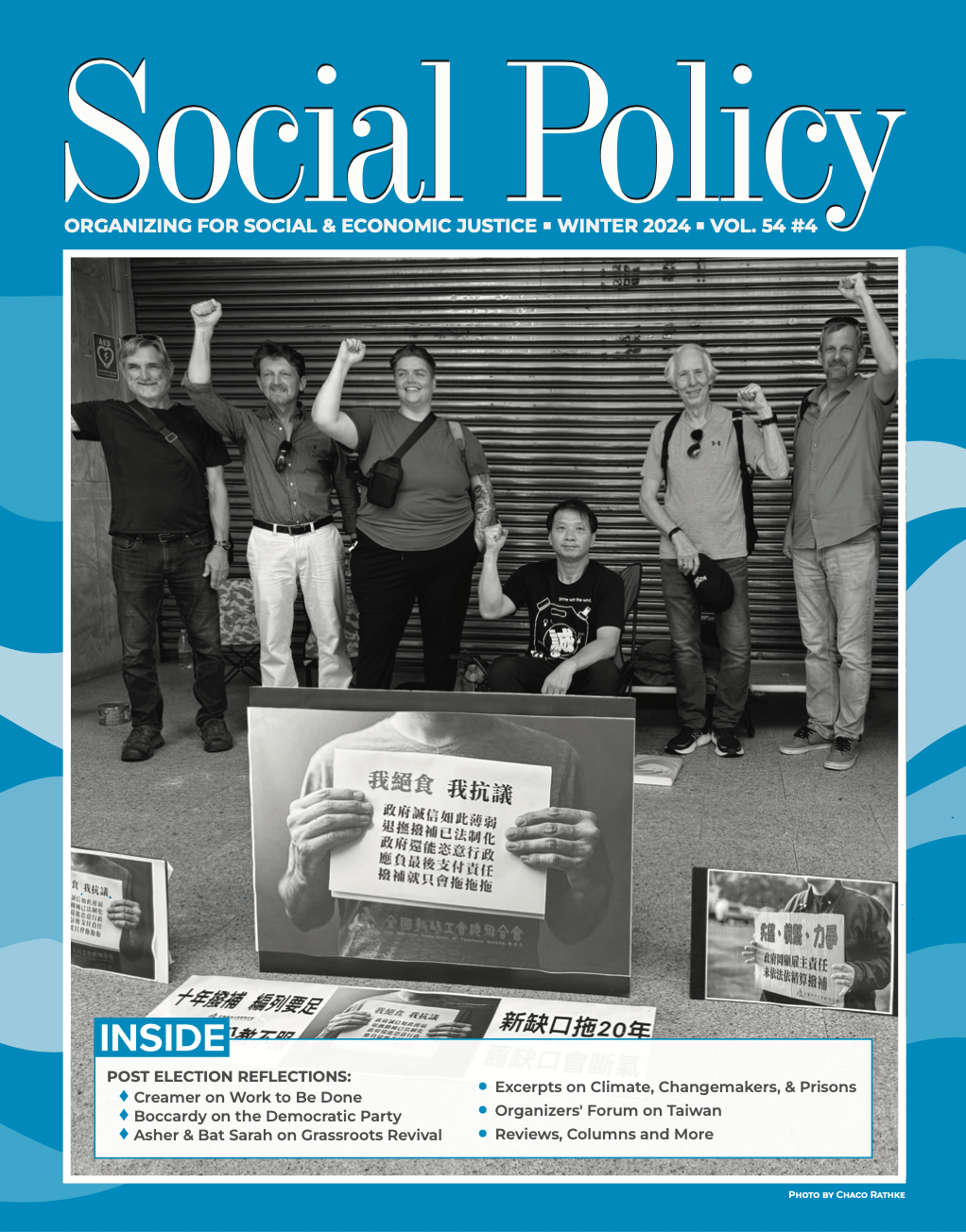BOOKS REVIEW: Facing the Brutal Facts
Written by James Mumm
Avoiding A Civil War Didn’t Work, So Let’s Win It
BOOKS REVIEWED:
Han, Hahrie. Undivided: The Quest for Racial Solidarity in an American Church. Knopf: 2024.
Phillips, Steve. How We Win the Civil War: Securing a Multiracial Democracy and Ending White Supremacy for Good. 2nd ed. New Press: 2024.
Community organizers are good at many things, but there is one skill that must trump them all: we must face facts, even when they are brutal.
We’re good at this, because the people we work with face a lot of brutal facts in their daily lives. Landlords who don’t provide heat in roach- and rat-infested apartments. Police who kill Black people in broad daylight without remorse or repercussion. Petrochemical plants that poison us coming and going.
We also face brutal facts at a systemic level. The brutality of racial capitalism harms tens of millions of people in the United States and billions globally by turning basic human needs like housing, food, health care, education, and energy into market commodities instead of public goods.
Folks, it’s time to face a big one. The Civil War, fought by Confederate forces to defend racial capitalism and the supremacy of white men in our society, never ended. What’s worse? We’re not even trying to win it.
Ouch.
In How We Win the Civil War: Securing a Multiracial Democracy and Ending White Supremacy for Good (2024), Steve Phillips makes the provocative case that the Confederates, never gave up their battle plan to win the day for racial capitalism, even when they lost the War Between the States. Meanwhile, the Democratic Party and liberal forces have yet to commit to a Liberation Battle Plan, one that community organizers from states like Arizona, Georgia, and Texas have shown us can win.
Phillps’ book was first published in 2022, yet is even more relevant today as Donald Trump prepares to retake power, and he and his team openly boast of their plans to dismantle democracy, jail or deport anyone they deem an enemy, and remove all of the checks and balances on executive and corporate power.
We are not, unfortunately, on the cusp of a third Reconstruction, where those in elected office seek to finally achieve a multiracial democracy, as Phillips had originally hoped. Instead, we’re in big trouble.
The vision for a ‘New American Majority,’ which Phillips has championed since his influential 2016 book, “Brown Is the New White,” in which a majority of people of color ally with a meaningful minority of progressive and liberal whites, fractured under a full-frontal attack from the MAGA movement and its disinformation. The result? Trump’s slender — but decisive –- electoral victory, which gives him free rein to implement his darkest ambitions.
Phillips is clear-eyed in his acknowledgement that demography is not destiny, and thus efforts to divide us along fault lines of race, class and gender often succeed. So, if we truly want a multiracial democracy in this country, we must build it — from the ground up.
In Undivided: The Quest for Racial Solidarity in an American Church (2024) Hahrie Han delivers a beautifully written page-turner about the impact of a racial justice program on four people inside an evangelical megachurch, with mega-sized lessons for organizers on how to rebuild a winning multiracial majority. If we want to win the Civil War, we have to meet people where they are, and Undivided, a program that activates evangelical communities for racial justice, offers a powerful example of how to do just this.
The Roots of Our Conflict
Phillips wrote How to Win the Civil War in the first half of the Biden presidency, and published a second paperback edition with a new forward in 2024. In this new edition, he compares 2024 to 1876, noting that we have arrived at a crossroads on our road to multiracial democracy which is similar to the one the country faced when Reconstruction ended with a compromise between white elites from both parties to abandon the principles and promise to build and protect true racial equality and justice.
On this side of the 2024 election, we know that the new Confederate forces won a major battle in their never-ending war to enshrine the supremacy of white, male, heterosexual Christians and to criminalize or limit rights for all other identities, by first undermining our allegiance to democracy and then destroying its institutions.
Trump and MAGA are the “ideological, philosophical, and, in some cases, actual descendants of the Confederates,” writes Phillips. They are “waging an unrelenting, not infrequently violent, war to keep what was once a white nationalist country from becoming a multiracial democracy.”
That’s a heck of a brutal fact. The good news is we are painfully familiar with their battle plan, because as Phillips notes, “This fight has raged for 159 years—starting just days after the supposed end of the Civil War—and it has been fought following a remarkably consistent set of strategies and tactics.” He identifies five core components of what he describes as a “Confederate Battle Plan”:
- Never Give an Inch
- Ruthlessly Rewrite the Laws
- Distort Public Opinion
- Silently Sanction Terrorism
- Play the Long Game
Phillips recalls Senator Harry Byrd of Virginia’s call to action following the Brown vs. Board of Education decision, which ended segregation in public schools: “Massive Resistance.” The white supremacist movement shut down entire school districts and switched to private schooling to avoid the Supreme Court’s decree. It was even more blatant recently, he recounts, as “a mob that included men carrying Confederate flags and wearing sweatshirts emblazoned with the words “MAGA: Civil War January 6, 2021” stormed the Capitol to protest a democratic outcome that they hated as much as the original Confederates hated the election of Lincoln and his anti-slavery agenda.” This is what Never Give an Inch means.
Under the guise of “integrity,” MAGA followed in this tradition to Ruthlessly Rewrite the Laws after Trump lost the 2020 election. Phillips describes how the “2021 fusillade of voter suppression legislation, consisting of hundreds of voter suppression bills being introduced across the country” mirrors the voter disenfranchisement that restored white supremacy after Reconstruction. He notes that in June of 2021, seventeen states had enacted twenty-eight new laws to suppress the vote and there have been more since then.
In the leadup to the 2024 general election, we were treated to a master class in how to Distort Public Opinion by Trump and MAGA, as immigrants and Transgender people were ruthlessly attacked as the causes of white people’s economic problems. In the white supremacist worldview, Trump and whites were the victims rather than the perpetrators of both threats and acts of political violence against both communities.
In 2020, we all heard Trump tell the Proud Boys to “stand back and stand by” in the final presidential debate, followed by inviting the same white supremacists to a “wild time” in D.C. on January 6th, 2021. This is how to Silently Sanction Terrorism and get away with it.
Phillips’ throughline from the Civil War to the present is the determination of white supremacists to Play the Long Game. Along the way they switched parties, cycled through figureheads, and never lost sight of the ultimate goal of the Civil War as Phillips summarizes it: “the restoration and perpetuation of white supremacy in America.”
Organizers know that for every action there is an equal and opposite reaction, and Phillips reminds us that: “Confederates have had to keep fighting—never giving an inch—because people of color have never stopped striving for freedom, justice, and equality.” He offers a Liberation Battle Plan that counters the Confederate plan:
- Invest in Level 5 Leaders
- Build Strong Civic Engagement Organizations
- Develop Detailed, Data-Driven Plans
- Play the Long Game.
The Liberation Battle Plan
Phillps evokes the notion of “Level 5” leaders, first popularized by author Jim Collins in his 2001 book Good to Great, as those who have a ferocious resolve to produce results and who are ambitious for the cause and organization, not themselves. Phillips urges organizations and donors to Invest in Level 5 Leaders (and their organizations) so they can be catalysts for change.
In the latter part of How We Win the Civil War, Phillips profiles movement organizers and leaders who Build Strong Civic Engagement Organizations, explaining that: “All of the states, counties, and cities that have achieved significant success toward winning the Civil War against Confederates over the past decade have done so in large part because of strong, well-run, highly disciplined organizations working directly with the marginalized communities most in need of political and social change.”
Phillips profiles three incredible Level 5 leaders: Stacey Abrams, who founded both Fair Fight and New Georgia Project, Tram Nguyen of New Virginia Majority, and Crystal Zermeño, formerly with the Texas Organizing Project.
Phillips delivers gripping stories about how each decided to Develop Detailed, Data-Driven Plans to transform their states. Abrams’ plan was twenty-six pages long and Zermeño’s was thirty-seven pages. “When I asked Tram for a copy of one of her organization’s plans,” Phillips recounts, “she sent me a spreadsheet. Actually, she sent me several spreadsheets. One of the sheets had 1,081 rows, 31 columns, and 33,511 cells…Oh, and that was just one tab in one spreadsheet that had five other tabs.”
As a spreadsheet nerd myself, I appreciate this obsessive attention to detail — game recognizes game. If we’re fighting to actually win liberation, we need to strategize and plan, not just sleepwalk from cycle to cycle and issue to issue.
Phillips calls today’s organizers and changemakers to greatness:
The task of the moment, the urgency of the hour, the fight we are engaged in, is to win a centuries-old Civil War and forge a multiracial democracy in which everyone can thrive. It is a fight we can and should win. And once we win this Civil War, once we defeat white supremacy for good, we can write a new social contract for the kind of country we really want to live in.
Read How to Win the Civil War for the sharp political analysis of the Confederate Battle Plan and terrific stories about organizing in the Liberation Battle Plan, embodied in the leaders and strategies Phillips profiles. Where it falls short is in the writing where Phillips is too adverbial. A deeper edit could have reduced the page count while preserving Phillips’ unique voice and perspective.
The book ends with ideas about a post-Civil War social contract. Phillips asks a series of questions that have fallen out of the Overton Window after Democrats’ electoral defeat, but should be brought back into focus through a Liberation Battle Plan: What would we do if we really wanted everyone to vote? Why can’t all of health care be free like COVID vaccines were? Do we have to commute to work? Why is there student debt at all and why don’t we just erase it? Why isn’t higher education free?
To achieve these goals, we’re going to need a Liberation Battle Plan on steroids. Let’s turn to the insights from Hahrie Han in Undivided, because therein lie clues on how to build a bigger we out of the fragmented New American Majority.
Undivided
Han’s curiosity about the successful campaign in Cincinnati, Ohio to pass a 2016 ballot initiative for universal preschool education led her to the story of Undivided. What was unusual about this victory is that Clinton beat Trump by 10% in Hamilton County that includes Cincinnati, and Han wanted to know why the same voters approved the ballot initiative by 24%. As she dug in, Han describes how she discovered that volunteers from Crossroads Church had all been part of Undivided, a six-week program on racial justice their megachurch had developed and piloted in early 2016.
Beautifully written, Han weaves the stories of four church members who went through the first Undivided program at Crossroads and the reverberating impacts on their relationships, views, and actions on racial justice.
Organizers know that training and action accelerate the transformation of people. In this case, the Undivided program was the spark that “catalyzed a journey that shaped their behavior in the weeks, months, and years to come, “Han explains.
The spark comes from a big idea, that white Christian evangelicalism should focus on structural patterns of injustice and racism, not just individual salvation.
I recently spoke with the executive director of Undivided, Troy Jackson, and he painted a picture for me of the lives of Evangelical megachurch members who go to church, participate in any number of the hundreds of small groups that range from motorcycle clubs to small Bible study groups, hop in their cars and turn on Christian radio, walk into stores and homes with Fox News omnipresent. Their culture has been successfully captured by right-wing media tycoons and ideologues. This is an absorbing lifestyle that gives people a deep sense of belonging and identity, yet it’s poorly understood from the outside.
Tackling questions about racial justice means working from the inside, and that’s the story that hooked Han once she saw the role that Crossroads members played in the ballot initiative campaign. Jackson also shared with me that thousands of new evangelical churches will be started in the U.S. in the next decade, so engaging them on racial justice and organizing at the beginning could change the DNA and trajectory of American evangelicalism, which since Reagan has hooked all of its wagons to the fortunes of the Republican Party, and increasingly to an openly white supremacist Far Right.
There is ongoing conversation in the power-building movement about organizing beyond the choir, the people who already agree with us. Han describes how Crossroads “adopted the motto “Belonging comes before belief.” A culture of radical hospitality replaced any kind of purity test… Crossroads, however, welcomed people not in spite of their flaws, their differences, their ignorance, or their odious pasts, but because of them.” Imagine bringing this spirit of redemption into the big-tent approach to coalition building People’s Action calls the Organizing Revival, as opposed to purity tests which exclude all but the wokest of the woke.
This book is required reading for any organizer who wants to “build a bigger we.” The organization Undivided stands ready to help power-building groups organize in evangelical churches, because there are millions of people there who are sincerely inspired by the Gospel’s message of social inclusion, yet who are, as Han describes, too conservative for many left-leaning groups and too liberal for many right-leaning groups. She continues, “In a moment when the nation is struggling to realize a vision of a multiracial America, this story offers glimmers of the enormity of what real change might demand.”
The heart of Undivided are four individual stories of transformation. “Their quests were audacious, uncertain, filled with tension—and unfinished,” Han explains. “Each of the characters I’ve chosen to focus on—one white woman (Jess), one Black woman (Sandra), one white man (Grant), and one Black man (Chuck)—participated in Undivided and began to see old things with new eyes. They formed new friendships and broke off old ones. They switched jobs, confronted racism in their personal relationships, got discouraged by the work, and renewed their courage to act, again and again. None of their journeys formed a straight line from complicity to justice. But none of them were sitting on their couches, either.”
Power-building organizations should also take note of the growth model for megachurches like Crossroads. Han says that in 2022 Crossroads was the fourth-largest church in the U.S., with an annual budget of $68 million and a weekly in-person attendance of more than 35,000 people and during the pandemic their online weekly audience ballooned to half a million people.
The organizing movement could learn a lot from Evangelicals about building big, diverse memberships who fund their own organizations. Han cites a 2020 survey that showed most megachurches were growing, with a median budget of $5.3 million, 96% of which came from membership contributions. That’s the kind of financial independence that should agitate the organizing movement.
Another lesson from Undivided is how to engage people on racial injustice who may not have confronted their role, and awaken their responsibility to address it. This is a slippery slope for people, in a good way, because exploring racial inequity as an individual or group leads to understanding structural racism and the need to address its root causes. This fits into Crossroads' culture of risk and innovation, a big attractor to the church for many people and one that also attracts people to organizing groups.
The first Undivided program launched in February 2016 with twelve hundred participants, who met together in carefully crafted teams for five weeks. Han shares the ground rules that made space for conversations about racial injustice in a white-dominant church: “Expect to be offended. Give grace. Take risks. Listen for God. Get honest (use “I” statements). The curriculum (later expanded to six weeks and renamed to verbs in subsequent sessions: Root, Realize, Respond, Reckon, Restore, and Resolve.) started with:
- Redeem (an introduction to the program, each other, and the history of race in Cincinnati)
- Relationship (an opportunity to focus on stepping out of silos and echo chambers through storytelling)
- Reality (an emphasis on the intersections of racialized systems and structures that disparately shape opportunity in America)
- Repentance (a focus on personal transformation to move forward)
- Reconciliation (an emphasis on reengagement in a different way).
Engaging evangelicals on racial justice is a pathway to disrupt the long-view component of the Confederate Battle Plan described by Phillips, which married the Christian Right with corporate power in the 1970s and 80s. Han describes how evangelical Christian leaders like Jerry Falwell and Ralph Reed came to the same conclusion as Lewis Powell did in his 1971 memo to the Chamber of Commerce: they needed greater societal power to realize their vision of One Nation Under God. And like corporations, they created connective tissue and infrastructure to advance a conservative version of Christianity that implicitly included the cultural legacy of white Christianity. They took on issues like reproductive rights and sex education in schools to divide and conquer, then followed this blueprint with more hot-button topics like Transgender rights and health care.
Organizers take note: we run campaigns to win real improvements in people’s lives and to advance our long-term agenda and goals. The other side runs campaigns to build power and reduce ours. Perhaps we should do both, if we want to win the Civil War?
One of the big learnings from the first Undivided training came from the careful construction of multiracial small groups that were people’s home base for the program. Han explains, “They intuited that their program would succeed not because of the information they imparted, but because of their ability to create a context that motivated attendees to take repeated social risks regarding antiracism… Sociologist Mark Warren found that such relationships were the key differentiating factor between white people who continued in the work of antiracism and white people who faltered.”
Small groups created honeycombs of intimacy, connection, and loyalty in those churches, Han writes, and they got people to reflect on themselves deeply enough to convert vulnerability into trust instead of shame. Think of these like the house meetings familiar to organizers. She continues, “Self-reflection could prompt some participants to become defensive, angry, or unwilling to engage, especially if they felt isolated. Relationships were the antidote.” This is a universal that every organizer knows, but the hard part is to start with empathy and listening not facts and arguments. Han notes that, “When things got hard for Undivided participants after the program ended—when the Spiritual Board put Chuck on notice that they were watching him, when Jess decided she couldn’t go back to volunteer in the prison, when Sandra’s family responsibilities filled her free time—they each thought about abandoning the work of antiracism. But their commitments to one another kept them from giving up.”
The Undivided training was the beginning of participants’ journey, not the end, and they were invited to five “on-ramps” to take action that varied from service to organizing to pass the universal preschool ballot initiative that first interested Han and got a boost from 250 Crossroads volunteers.
Han reminds us that “People needed others to hold them accountable, to ask hard questions, to be willing to introduce tension into a relationship, and to push one another to act on their commitments with courage.”
The influence of Troy Jackson, then the executive director of the Amos Project, a community organizing group, on moving Undivided participants into a “long-term vehicle for change” continued in work to hold a police officer accountable for the murder of an unarmed Black man in vigils and marches through the fall of 2016.
As Jackson studied the rise of the Christian Right, he saw that scale and power did not correlate in Evangelical broadcaster Pat Robertson’s run for president in 1988. He raised a ton of money and lost terribly. To advance their goals, the Christian Right did what we started with: they faced the brutal facts. This led to the Christian Coalition moving into taking over Republican parties at the local level, registering people to vote, and investing in grassroots organization and training.
We saw the fruits of this labor in the 2016 and 2024 elections, as white Christian nationalism moved with urgency into mainstream American politics, and choosing as Han argues, the pursuit of institutional power over benevolence. She continues, “The refusal of prominent white evangelical leaders to denounce Trump exposed a truth that the community had been clumsily trying to hide. Their congregants and their peers had to face the truth that for some, the commitment to upholding a social order that put white men on top was stronger than any vision of God’s universal love. Power trumped justice.”
In the conclusion of Undivided, Han comes to a new understanding of what radical change means, which says a lot given her extensive scholarship on volunteerism, organizing, and social change:
Change is radical not when it is extreme, but when it makes change from the roots up. And what I learned from the people I met through Undivided was that making change not only had to alter the roots of an unjust system, but it also had to be rooted in real people. Systems as complex as racism in America do not change when disconnected people without any roots in a community yell a little louder or reshuffle a few priorities. Instead, it changes when people rooted in their own interests and connected to one another organize themselves into just structures that enable them to put their hands on the complex levers of change.
Han gives us a powerful story about the work necessary to build multiracial majorities that can win — peacefully and nonviolently — our nation’s Civil War once and for all. The antidotes to authoritarianism Phillips and Han so powerfully describe are already in every community and available to us right now - it’s now up to us.
James Mumm is a longtime community organizer who consults for 22nd Century Initiative, People's Action and other organizations.

